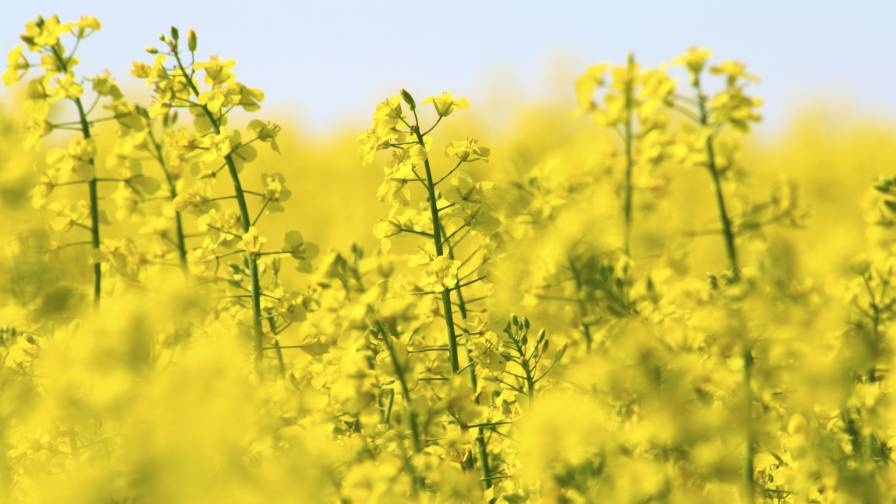Australia: Wheat, Barley To Rebound
Production of both wheat and barley are expected to rebound as conditions improve in most winter cereal growing regions in the country, reports the US Dept. of Agriculture’s Foreign Agriculture Service (USDA/FAS). This rebound will rely on continued normal weather conditions, although heavy rainfall has been experienced in most grain growing regions.
The 2008/09 winter cereal crop is usually planted between April and June and harvested around December. The 2009/10 summer crop (rice and sorghum) is planted from October through January and harvested from March through June.
Many grain growing regions have experienced excellent rainfall recently. Grain growing areas in northern New South Wales and Southeast and Central Queensland have experienced above average rainfall and some flooding. However, other grain growing areas have received less rain, and some are still showing the effects of severe and long running drought. In these areas, the lack of subsoil moisture will continue to be problematic in 2008/09.
Record high grain prices and record low sheep numbers are likely to see a greater emphasis placed on crop production in Australia for 2008/09 and 2009/10. USDA/FAS expects the planted area for wheat and barley to increase significantly in response. Despite the symbiotic relationship between sheep and crop production in mixed farming areas, the long term decline in sheep numbers will likely provide greater flexibility for growers to focus on grain production.
Rice production is expected to increase sharply from record low levels. However, this increase is not expected to bring production above low levels. The depletion of irrigation water reserves will likely continue to constrain rice production for the foreseeable future, although a gradual increase year-by-year over the long term is likely.
Many grain growing districts are also likely to continue to suffer the accumulative effects of the long running drought. Depleted soil moisture levels, particularly at depth, will likely place some constraint on production in areas that have not recently had the benefit of above average rainfall.
Sorghum production is forecast to decline in 2009/10 from the record levels estimated in 2008/09. Despite this fall, production is forecast to remain at above average levels. High demand from domestic intensive livestock industries, such as dairy and lot fed beef cattle, will keep sorghum production strong.






